Prof. Martin Ayim is the Chairman,of the Presidential Advisory Council of the
Government of the Southern Cameroons (Ambazonia) in Exile
By Prof. Martin Ayim
Presidential Advisory Council.
A response to Comrade Milan Atam and his SCA suggestion
After many focused activities, progress, and achievements, it is crucial to update and remind all Southern Cameroonians (Ambazonians) regarding the restoration struggle. Some comrades have been disconnected, and they need to be updated upon resuming participation. Lack of information or awareness may be mistakenly interpreted as lack of progress. Our restoration struggle has metamorphosed, and it is my conviction that the struggle is waxing strong and well. One for all, all for one.
The Montevideo Convention on the Rights and Duties of States—a treaty signed on December 26, 1933, in Montevideo, Uruguay—defined the criteria for statehood in international law, outlining four key qualifications: a permanent population, a defined territory, a government, and the capacity to enter into relations with other states. The Convention also emphasized non-intervention, sovereign equality, peaceful resolution, and non-recognition of forceful acquisitions.
We have the Government of the Southern Cameroons (Ambazonia) in exile—the restored Government of 1961. We have the restored House of Assembly of 1961. We have the restored Constitution (Southern Cameroons Orders-in-Council). We have the restored Judiciary. We have our National Anthem and Flag, and we have administrative structures at the Federal, County, and Local Government levels. We are a people with internationally defined and treaty-recognized boundaries: to the east with La République du Cameroun (LRC) and to the west with Nigeria. We have a globally competitive educational curriculum from Kindergarten to University level to be implemented in the restored Southern Cameroons (Ambazonia).
We have a well-organized and focused self-defense structure called the Ambazonia State Army (ASA), trained to operate in accordance with the Geneva Conventions. Our youth are reenergized and are joining or rejoining our self-defense forces in increasing numbers. Therefore, we proudly inform ourselves and the international community that Southern Cameroons (Ambazonia) meets the declarations of the Montevideo Convention.
Unconditional independence has always been the prescription. The United Nations Trusteeship Council, on December 13, 1946, with its Decolonization Charter, prescribed unconditional independence for the then British Cameroons. The UN General Assembly (UNGA) voted in 1961 for our independence. UNGA Resolution 1514 prescribed unconditional independence for the Southern Cameroons. UNGA Resolution 1608(XV) prescribed independence by joining, and Paragraph 5 required a meeting between Southern Cameroons and La République du Cameroun, with the UN, UK, and France as observers, to establish an agreement (Treaty of Union) signed by both Houses of Parliament, ratified by the people, and deposited at the UN Secretariat. That was never done, despite a meeting at Foumban in 1961—which the UN and UK did not attend. Pa Mola Litumbe aptly described it as a “jumba marriage”—a union without a marriage certificate. The African Union Constitutive Act (Article 4b) prescribes that boundaries at independence are inviolable. Since LRC gained independence on January 1, 1960, without Southern Cameroons, their boundary at independence is the internationally recognized treaty boundary with Southern Cameroons. LRC’s presence in Southern Cameroons constitutes annexation, which is a crime under international law.
As a reminder, Southern Cameroons had already been self-governing and sovereign following the walkout from the Eastern House of Assembly in Enugu—known as the Benevolent Neutrality—led by Dr. E.M.L. Endeley, prior to LRC’s own independence. Southern Cameroons conducted Africa’s first democratic election in 1958. The opposition, led by Dr. Foncha’s KNDP, won, and power was peacefully transferred.
Truth be told, Southern Cameroons at this point does not require any form of federation, confederation, referendum, or similar arrangements. The Government of the Southern Cameroons (Ambazonia) in exile, currently led by President Dr. Samuel Ikome Sako, protects all Southern Cameroonians of all shades of opinion. We are one united people under one government, with one purpose: restoring our lost independence and sovereignty. Let us be wise and remain united and focused on our goal of restoration. So much is being achieved diplomatically by the restored and functional Government of the Southern Cameroons (Ambazonia).
As it stands, the Government of LRC, led by its President, and the Government of the Southern Cameroons (Ambazonia) in exile, led by its President, form the only viable framework for negotiation. The Government of the Southern Cameroons (Ambazonia), as the umbrella for restoration, has extended an invitation to all Southern Cameroonians—regardless of subgroup affiliation—to voluntarily join and promote our state institutions. The Government of the Southern Cameroons (Ambazonia) in exile stands ready to negotiate with the Government of LRC under the supervision of a credible and experienced third party.
Prof. Martin Ayim
Chairman, Presidential Advisory Council.





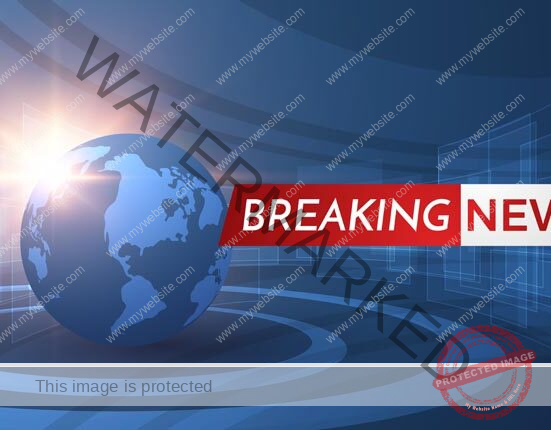

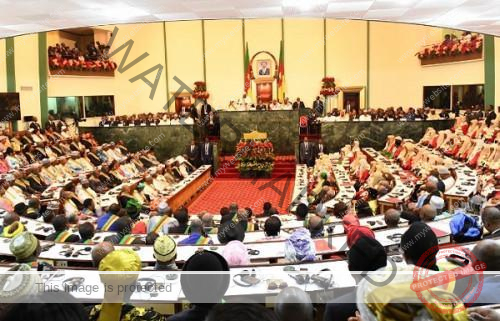
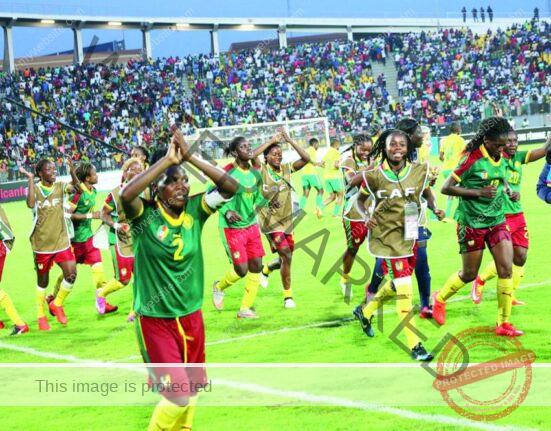

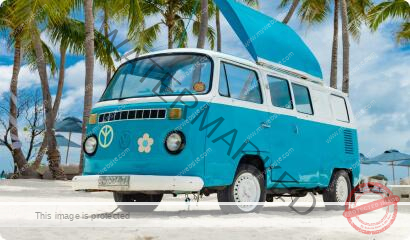





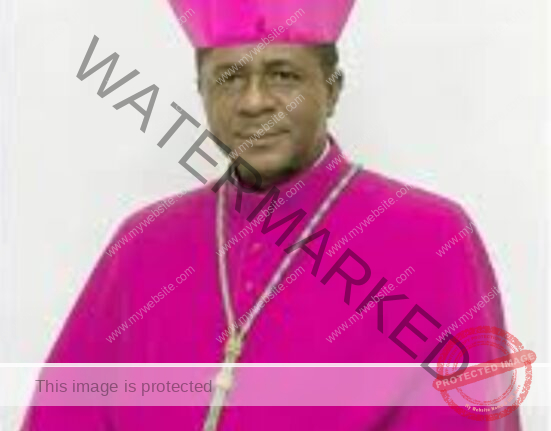
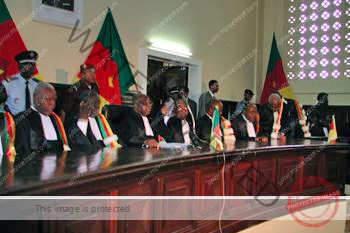
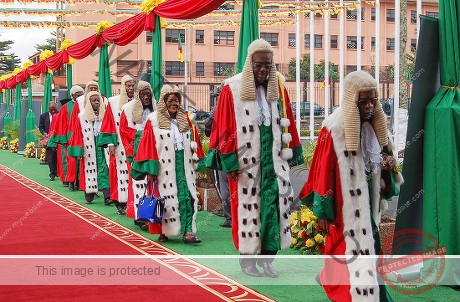
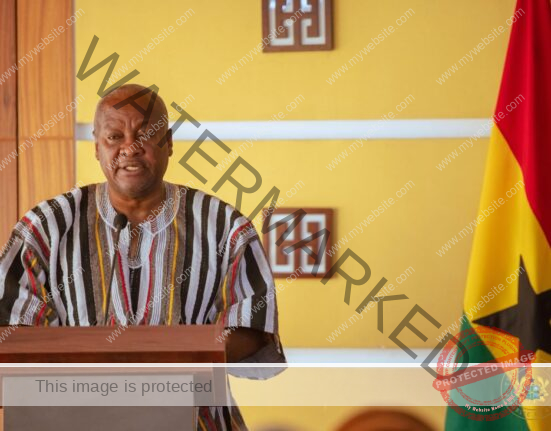

Leave feedback about this